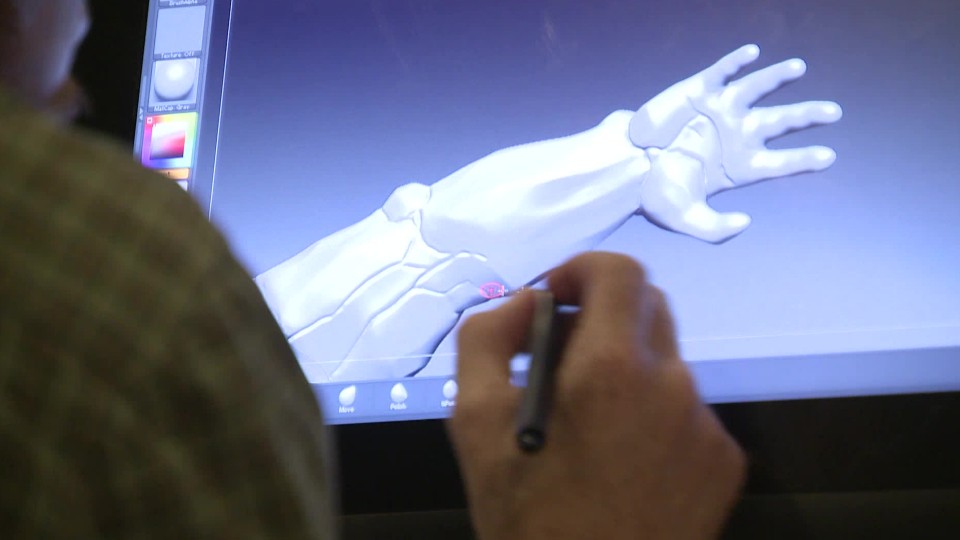Special Effects Artists & Animators
3D Artist (Three-Dimensional Artist), Animator, Artist, Graphic Artist
What they do:
Create special effects or animations using film, video, computers, or other electronic tools and media for use in products, such as computer games, movies, music videos, and commercials.
On the job, you would:
- Design complex graphics and animation, using independent judgment, creativity, and computer equipment.
- Create basic designs, drawings, and illustrations for product labels, cartons, direct mail, or television.
- Participate in design and production of multimedia campaigns, handling budgeting and scheduling, and assisting with such responsibilities as production coordination, background design, and progress tracking.
Knowledge
Engineering and Technology
- computers and electronics
- design
Arts and Humanities
- English language
Communications
- multimedia
- telecommunications
Business
- customer service
Skills
Basic Skills
- listening to others, not interrupting, and asking good questions
- reading work related information
Problem Solving
- noticing a problem and figuring out the best way to solve it
Abilities
Verbal
- listen and understand what people say
- communicate by speaking
Ideas and Logic
- notice when problems happen
- use rules to solve problems
Personality
People interested in this work like activities that include creating, designing, and making your own rules.
They do well at jobs that need:
- Innovation
- Intellectual Curiosity
- Attention to Detail
- Achievement Orientation
- Adaptability
- Dependability
Technology
You might use software like this on the job:
Graphics or photo imaging software
- Adobe Creative Cloud software
- Trimble SketchUp Pro
Video creation and editing software
- Adobe After Effects
- YouTube
Development environment software
- Adobe ActionScript
- C
Education
Education: (rated 4 of 5)
bachelor's degree or
some college
usually needed
some college
usually needed
Job Outlook
Below Average
New job opportunities are less likely in the future.
Explore More
You might like a career in one of these industries:
See more details at O*NET OnLine about Special Effects Artists & Animators.






